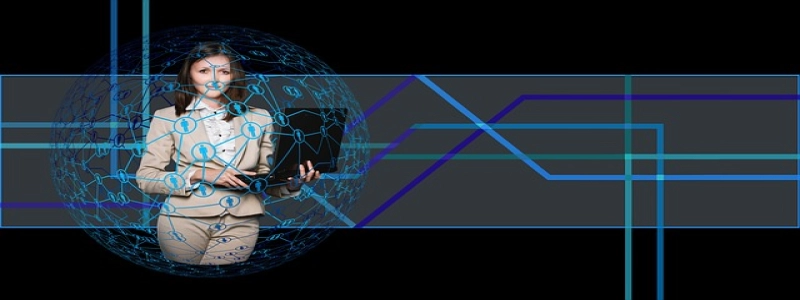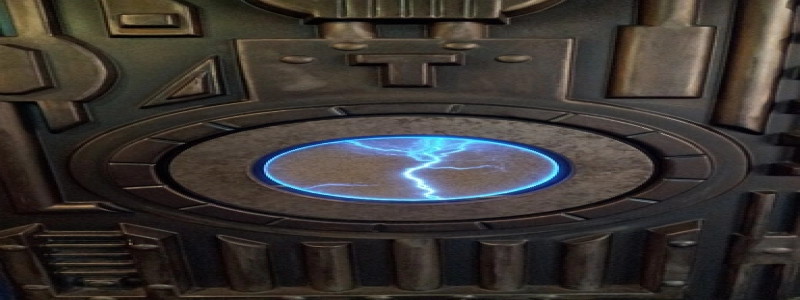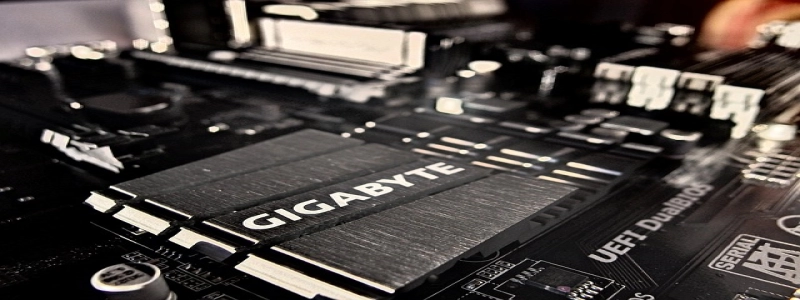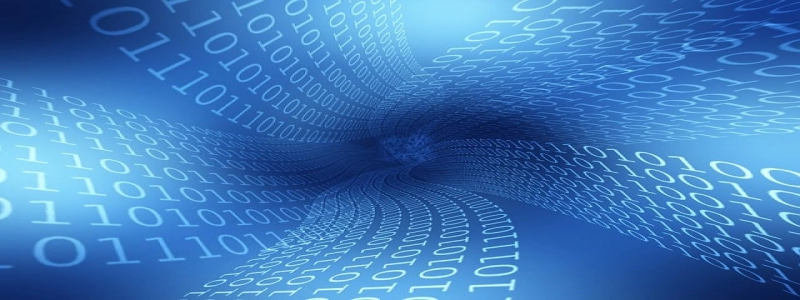Fiber to Ethernet Connector: Bridging the Gap between Fiber Optic and Ethernet Networks
Introduction:
In today’s digital age, networks play a crucial role in ensuring seamless data transmission and communication. Two popular technologies used for networking are fiber optics and Ethernet. Fiber optics offer high-speed data transmission over long distances, while Ethernet is widely used for local area networks. However, connecting the two can be challenging. That’s where a Fiber to Ethernet Connector comes into play. In this article, we will explore the concept of a Fiber to Ethernet Connector and its significance in bridging the gap between fiber optic and Ethernet networks.
1. What is a Fiber to Ethernet Connector?
A Fiber to Ethernet Connector is a device or software that enables the seamless integration of fiber optic and Ethernet networks. It acts as a bridge between the two different technologies, allowing data transmission between them. The connector converts the signals from the fiber optic network to a format that can be understood by Ethernet devices, ensuring compatibility and efficient data flow.
2. How does the Fiber to Ethernet Connector work?
The working principle of a Fiber to Ethernet Connector involves converting light signals from the fiber optic network to electrical signals compatible with Ethernet. The connector receives the optical signals from the fiber optic cable and translates them into electrical signals, which are then transmitted through Ethernet cables. On the receiving end, the connector converts the electrical signals back into light signals for transmission over the fiber optic network.
3. Benefits of using a Fiber to Ethernet Connector:
a. Bridging different technologies: One of the primary advantages of a Fiber to Ethernet Connector is its ability to bridge fiber optic and Ethernet networks. It allows organizations to leverage the advantages of both technologies without the need for a complete infrastructure overhaul.
b. Increased flexibility: Using a Fiber to Ethernet Connector provides flexibility in network design and deployment. It enables the integration of fiber optics and Ethernet networks, allowing organizations to choose the most suitable technology for different parts of their infrastructure.
c. Cost-effective solution: By utilizing a Fiber to Ethernet Connector, organizations can save on costs associated with upgrading their entire network infrastructure. Instead, they can adopt a gradual approach, incorporating fiber optics where needed while maintaining their existing Ethernet infrastructure.
d. Reliable data transmission: The Fiber to Ethernet Connector ensures reliable data transmission between fiber optic and Ethernet networks. It takes advantage of the high-speed capabilities of fiber optics while maintaining compatibility with Ethernet devices, resulting in fast and efficient data transfer without compromising reliability.
4. Applications of Fiber to Ethernet Connector:
a. Connecting remote offices: Organizations with multiple remote offices can use a Fiber to Ethernet Connector to connect their main office’s fiber optic network with the Ethernet networks in remote offices. This allows for seamless communication and data sharing between different locations.
b. Integrating IP cameras: Fiber to Ethernet Connectors can be used to connect IP cameras, which often use Ethernet connections, with a fiber optic network for long-distance surveillance. This enables high-quality video transmission over long distances without compromising on performance.
c. Data center connectivity: Fiber to Ethernet Connectors are commonly used in data center environments to connect servers and storage devices that use Ethernet connections with high-speed fiber optic backbones. This ensures efficient data transmission and minimizes latency.
In conclusion, a Fiber to Ethernet Connector plays a crucial role in bridging the gap between fiber optic and Ethernet networks. It enables the integration of different technologies, provides flexibility, and ensures reliable data transmission. By utilizing a Fiber to Ethernet Connector, organizations can achieve seamless communication and take advantage of the benefits offered by both fiber optics and Ethernet in their network infrastructure.







